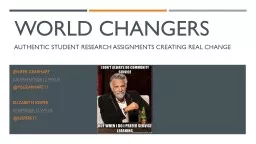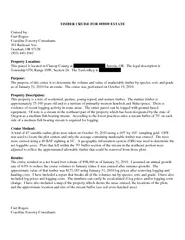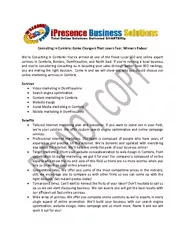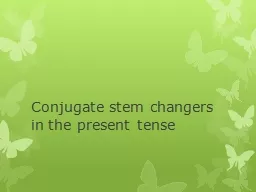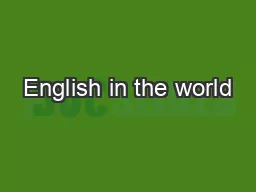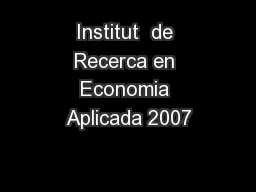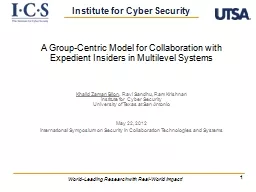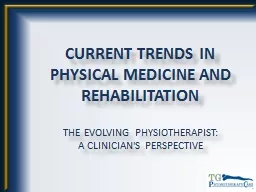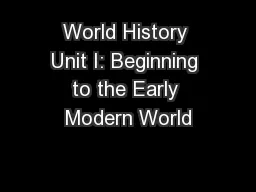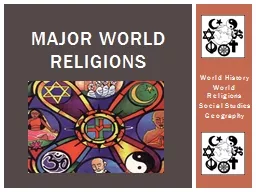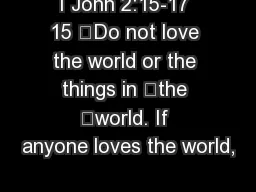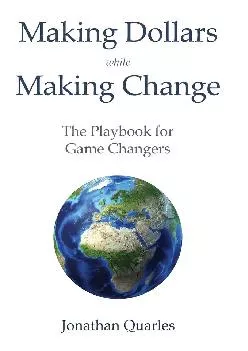PPT-World Changers Jenifer Gearhart
Author : liane-varnes | Published Date : 2018-01-30
jgearhartk12wvus Msgearhart11 Elizabeth keiper ekeiperk12wvus keiperet1 Authentic Student Research Assignments Creating real Change Why service learning According
Presentation Embed Code
Download Presentation
Download Presentation The PPT/PDF document "World Changers Jenifer Gearhart" is the property of its rightful owner. Permission is granted to download and print the materials on this website for personal, non-commercial use only, and to display it on your personal computer provided you do not modify the materials and that you retain all copyright notices contained in the materials. By downloading content from our website, you accept the terms of this agreement.
World Changers Jenifer Gearhart: Transcript
Download Rules Of Document
"World Changers Jenifer Gearhart"The content belongs to its owner. You may download and print it for personal use, without modification, and keep all copyright notices. By downloading, you agree to these terms.
Related Documents

